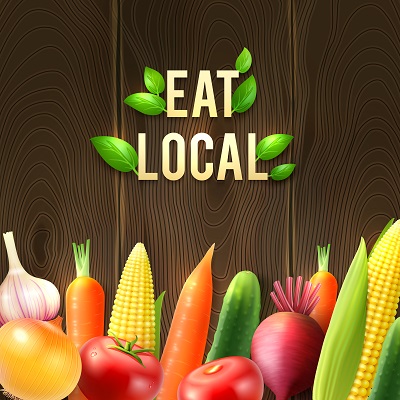 Shifting to a meatless diet has a lot of perks. It helps conserve resources. It makes you less susceptible to chronic diseases. It helps you maintain your desired waistline. It makes you spend less cash too. How great is that?
Shifting to a meatless diet has a lot of perks. It helps conserve resources. It makes you less susceptible to chronic diseases. It helps you maintain your desired waistline. It makes you spend less cash too. How great is that?
If you want to reap all the benefits of a meatless diet and save few extra cash for something you fancy buying, read on.
How a Meatless Diet can Cut Your Weekly Budget
The Journal of Hunger and Nutrition recently published a study indicating that a plant-based diet could save a person about 750 dollars a year by replacing lean meat with olive oil as a source of fat.
The study compared two different 2,000-calorie pre day diet plans that met nutritional standards. One was a plant-based diet while the other followed the federal MyPlate guidelines which recommend eating meat, as a protein source, in moderation.
The cost of MyPlate seven-day meal plan totaled 53.11 dollars which is 14.36 dollars higher than the cost of the plant-based meal plan. Twenty-one percent of the money was spent on meat and expect it to rise if you choose to buy meats that are free-range.
Though, to be fair, choosing to buy organic plant foods would also result to increased cost of the plant-based meal plan.
Some special organic fruit and vegetables may be a bit pricier than meat, but a plant-based diet offers a wide array of food choices. You could skip buying the expensive ones for low-priced alternatives and still get the same nutritional value.
Another economic benefit of a meatless diet is spending less on electricity and gas. Vegetables and whole grains require less cooking time than meat most of the time. Sometimes, they do not even require cooking at all. A vegetable salad added with grains for lunch, for example.
Lastly, when you commit yourself to a meatless diet, you will not easily fall for fast foods and take outs.
Meatless Misconception Debunked
One of the many misconceptions people have about plant-based diet is being too costly. Consequently, it is one of the reasons why people are put off to switching from being a meat-eater. Now, why do people think this?
For one, they heard that mock meats are expensive. Pre-packed fake chicken nuggets, sausages and burger patties are readily available to give you the taste of meat without actually eating meat. Yes, they are expensive but whoever said you have to eat them to be a true vegetarian?
Next, they think that being a vegetarian means everything they eat should be organic. Yes, organic is good but also expensive especially when you buy them in large supermarkets. Find a local farmer market that sells organic plant foods nearest you. Better yet, grow pots of vegetables and herbs in your yard.
Lastly, the vegetarians these people know are regular consumers of vegetarian fast foods. Ready-to-eat vegetarian sandwiches and burgers are actually more expensive than fast foods contain meat, but you can make your own for less.
Spending less for a meatless diet all boils down to the choices you make. Most plant foods cost less than meat if you know what and where to buy.
How to Get Your Daily Protein Need
The thing with plant-based protein substitutes is not all of them contain complete protein unlike meat. Complete protein means having all the essential amino acids, the building blocks of protein, your body needs. Plain Greek yogurt and pumpkin seeds are examples of plant foods with complete protein. But, how unappetizing it would be to eat the same foods from day to day?
There are few plant foods that contain complete protein, but then there are plant foods that contain complementary proteins. This refers to two different plant foods that when combined provide complete protein.
Eating complementary proteins helps provide varied food choices while making sure your body gets the protein it needs. Examples of foods with complementary proteins are beans and rice, beans and quinoa or hummus and pita bread.
You can either eat these foods in one meal or eat them within the day. There are a lot of plant foods that contain complementary proteins; a little research would help.






